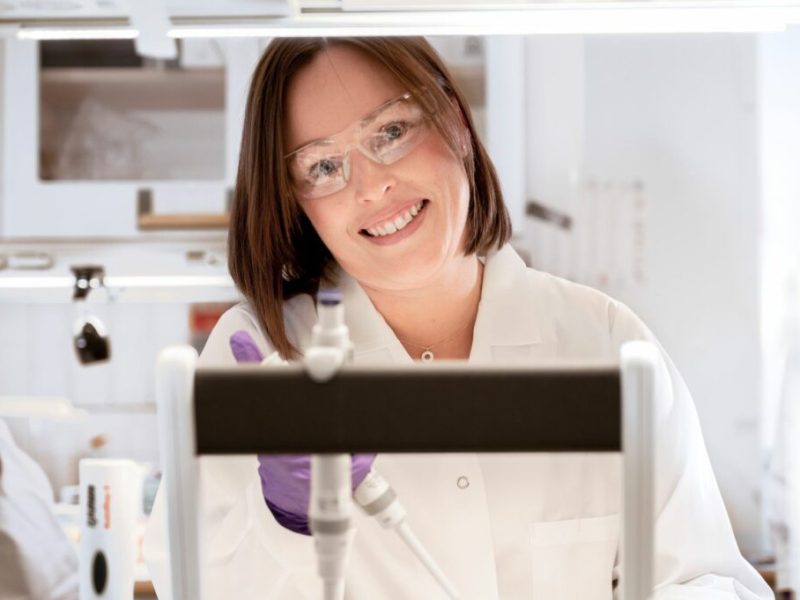In the realm of dermatology, where the health and appearance of the skin are paramount, having the right tools at your disposal can make all the difference in patient care. From diagnosing skin conditions to performing intricate procedures, dermatologists rely on various specialized equipment to ensure the best outcomes for their patients. In this blog post, we’ll explore some of the must-have tools that every dermatology clinic should have in its arsenal.
Dermatoscope:
A dermatoscope is a handheld device equipped with magnification and light sources, allowing dermatologists to examine skin lesions in detail. By providing a closer look at the skin’s surface, dermatoscopes aid in the early detection of skin cancer and other dermatological conditions. With features such as polarized and non-polarized lighting, dermatoscopes offer versatility in examining different types of skin lesions.
Cryotherapy Equipment:
Cryotherapy involves the use of extreme cold to treat various skin conditions, including warts, skin tags, and precancerous lesions. Dermatology clinics typically utilize cryotherapy devices that deliver controlled freezing temperatures to targeted areas of the skin, effectively destroying abnormal tissue while minimizing damage to surrounding healthy skin.
These devices come in various forms, including cryosurgery units and cryoprobes, offering flexibility in treatment options.
Electrosurgical Unit (ESU):
An electrosurgical unit is an essential tool for dermatologists performing surgical procedures such as electrosurgery and cautery. By delivering high-frequency electrical currents to targeted tissues, ESUs enable precise cutting, coagulation, and tissue removal during dermatological surgeries.
With adjustable power settings and various electrode tips, electrosurgical units offer versatility in addressing different types of skin lesions and achieving optimal surgical outcomes.
Laser Devices:
Laser technology has revolutionized the field of dermatology, offering effective treatments for a wide range of skin concerns, including acne, scars, vascular lesions, and unwanted hair. Dermatology clinics often invest in laser devices equipped with different wavelengths and modalities to target specific skin conditions with precision.
From ablative and non-ablative lasers to pulsed dye and fractional lasers, these devices provide dermatologists with advanced treatment options to address diverse patient needs.
Biopsy Tools:
Biopsy tools are indispensable for dermatologists when diagnosing skin conditions such as skin cancer and inflammatory disorders. Skin biopsies involve the removal of a small sample of skin tissue for examination under a microscope.
Dermatology clinics typically use punch biopsy kits, shave biopsy instruments, and scalpel blades to safely and accurately perform skin biopsies. These tools help dermatologists obtain tissue samples for histological analysis, facilitating accurate diagnosis and treatment planning.
Phototherapy Equipment:
Phototherapy, which involves exposing the skin to specific wavelengths of light, is a key treatment modality for various dermatological conditions, including psoriasis, eczema, and vitiligo. Dermatology clinics often utilize phototherapy equipment such as UVB lamps, UVA lamps, and photodynamic therapy systems to deliver targeted light therapy to patients.
With adjustable settings and precise dosimetry control, phototherapy devices allow dermatologists to tailor treatment protocols to individual patient needs while minimizing side effects.
Microdermabrasion and Chemical Peel Systems:
Microdermabrasion and chemical peels are popular aesthetic procedures that help improve the tone, texture, and overall appearance of the skin. Dermatology clinics may invest in microdermabrasion machines and chemical peel systems equipped with various exfoliating agents and treatment modalities.
These systems enable dermatologists to perform superficial resurfacing treatments safely and effectively, promoting skin renewal and rejuvenation.
Skin Analyzers and Imaging Systems:
Skin analyzers and imaging systems play a crucial role in dermatological assessment and treatment monitoring. These advanced devices utilize digital photography, video dermoscopy, and reflectance confocal microscopy to capture high-resolution images of the skin’s surface and subsurface layers. By visualizing skin features and abnormalities in detail, skin analyzers and imaging systems help dermatologists make accurate diagnoses, track disease progression, and evaluate treatment outcomes over time.
Topical Therapy Devices:
Topical therapy devices deliver medications or therapeutic agents directly to the skin, enhancing the effectiveness of treatment for various dermatological conditions. Dermatology clinics may utilize devices such as iontophoresis machines, photodynamic therapy systems, and transdermal drug delivery devices to administer topical medications, phototherapy, or other treatments locally.
These devices facilitate targeted delivery of therapeutic agents to specific areas of the skin, optimizing treatment outcomes while minimizing systemic side effects.
Electronic Medical Records (EMR) Software:
In addition to clinical equipment, dermatology clinics rely on electronic medical records (EMR) software to manage patient information, streamline workflows, and ensure compliance with regulatory requirements. EMR software solutions tailored for dermatology practices offer features such as dermatology-specific templates, image management tools, and integration with diagnostic devices.
By centralizing patient data and automating administrative tasks, EMR software helps dermatologists deliver efficient, patient-centered care while maintaining accurate and secure medical records.
In Summary
Dermatology clinics necessitate a diverse range of specialized tools and equipment to provide top-tier care and attain the best results for their patients. From diagnostic apparatuses and surgical implements to state-of-the-art treatment modalities and practice management solutions, acquiring the appropriate tools can improve the effectiveness, efficiency, and safety of dermatological practice.
By keeping up with technological progressions and embracing innovation, dermatologists can persist in delivering pioneering care that aligns with the ever-changing requirements of their patients and propels the field of dermatology forward. Additionally, through business lending opportunities in Utah, clinics can access the financial resources needed to invest in these essential tools and equipment, ensuring they remain equipped to deliver exceptional care to their patients.


